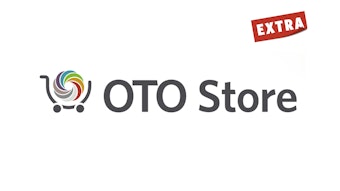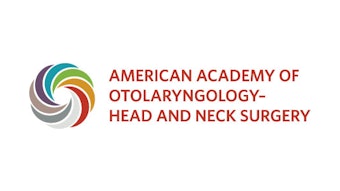Tranexamic Acid as an Adjunct to Reduce Bleeding, Ecchymosis, and Edema in Septorhinoplasty
Tranexamic acid, an antifibrinolytic agent, has emerged as a valuable adjunct in septorhinoplasty, improving surgical outcomes and easing patient recovery.
Lauren B. Moneta, MD, on behalf of the Facial Plastic and Reconstructive Surgery Education Committee

TXA is a synthetic derivative of the amino acid lysine. It works by inhibiting plasminogen activation, thereby preventing the conversion of plasminogen to plasmin, the enzyme responsible for fibrin degradation. This antifibrinolytic effect stabilizes clots, reduces bleeding, and minimizes the inflammatory response associated with tissue trauma.
There are various administration options for tranexamic acid including topical, locally injected, oral, and intravenous. Dosing varies and no single route of administration or recommended dosing has been established for septorhinoplasty. Intravenous dosing is reported as 10–15mg/kg or one gram preoperatively. Orally, the dosing is reported as one gram two hours before surgery followed by one gram every eight hours for five days. Locally injected TXA in septorhinoplasty varies from 100 mg to 800 mg and is reported in various trials as injected alone or in combination with lidocaine with epinephrine. Topical administration is generally reported as 250 mg on soaked nasal pledgets.
A meta-analysis completed in 2024 in Aesthetic Plastic Surgery noted that oral and intravenous TXA administered preoperatively resulted in decreased postoperative edema and ecchymosis on postop day one while also increasing surgeon satisfaction. Although studies have consistently demonstrated the safety of systemic TXA, there are theoretical risks. Risks include increased thromboembolic events and seizures. However, neither seizures nor increase in thromboembolic events has been reported in the perioperative period in patients undergoing septorhinoplasty. Mild side effects such as gastrointestinal discomfort and nausea are also possible but inconsistently reported when administered for septorhinoplasty, rhinoplasty, or septoplasty surgery.
Contraindications to systemic TXA administration include thromboembolic disease, hypersensitivity to tranexamic acid, and a history of seizures. Current anticoagulation therapy is a relative contraindication, and close monitoring is recommended. The safety of systemic TXA use in the preoperative and perioperative period in a patient who is taking a systemic anticoagulant should be discussed with the prescribing physician and should be assessed based on the reason for anticoagulation and individual patient risk factors. Caution should also be taken in patients with renal impairment as TXA is renally excreted, and renal dosing may be indicated.
Given the theoretical risks with systemic administration and contraindications in certain patients, recent trials have been examining the efficacy of topical and locally injected administration. In a recent meta-analysis published in the Aesthetic Surgery Journal, which included randomized controlled trials where topical and locally injected TXA was used in septoplasty, rhinoplasty, and septorhinoplasty, significant reduction in intraoperative blood loss and postoperative edema and ecchymosis was noted.
TXA is a highly effective and safe adjunct in septorhinoplasty. Its ability to reduce bleeding, edema, and ecchymosis enhances both surgical efficiency and patient outcomes. With multiple administration routes and a favorable safety profile, TXA is increasingly being adopted as a standard component of perioperative management in nasal surgery.
Although standardized dosing protocols are still evolving, current evidence supports its routine use, particularly in patients where minimizing postoperative complications is critical. Topical TXA offers a practical and low-risk option for most patients.
References
Gutierrez RWH, Gobbo HR, Heringer LDFL. Tranexamic Acid in Patients Undergoing Rhinoplasty: An Updated Systematic Review and Meta-Analysis of Randomized Controlled Trials. Aesthetic Plast Surg. 2024 Jun;48(11):2076-2085. doi: 10.1007/s00266-023-03768-3. Epub 2023 Dec 14. PMID: 38097691.
Di Martino L, Mokhtar J, Akbarpoor F, Kreutz-Rodrigues L, Vyas K, Cetrulo CL, Lellouch AG. Local Tranexamic Acid vs Placebo in Patients Undergoing Septorhinoplasty: A Systematic Review and Meta-analysis of Randomized Controlled Trials. Aesthet Surg J. 2025 Sep 17:sjaf172. doi: 10.1093/asj/sjaf172. Epub ahead of print. PMID: 40972659.













